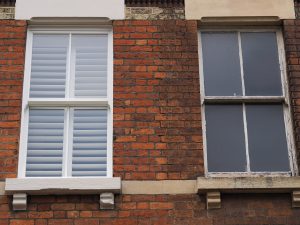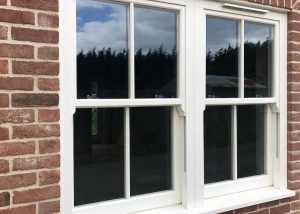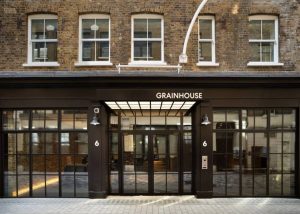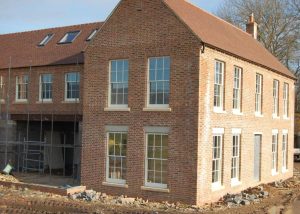Facts about Scarborough
General Info
Scarborough is a seaside town in the district and county of North Yorkshire, England. With a population of 61,749, Scarborough is the largest town on the Yorkshire Coast and the fourth-largest settlement in the county. It is located on the North Sea coastline. Historically in the North Riding of Yorkshire, the town lies between 10 and 230 feet (3–70 m) above sea level, from the harbour rising steeply north and west towards limestone cliffs. The older part of the town lies around the harbour and is protected by a rocky headland which extends into the North Sea. The town has fishing and service industries, including a growing digital and creative economy, as well as being a tourist destination. Residents of the town are known as Scarborians.
History
In medieval times Scarborough was a place on the boundary of the township of Bilton with Scarborough in the ancient parish of Knaresborough, and the parish of Pannal, also known as Beckwith with Rossett. The part within the township of Bilton developed into the community of High Scarborough, and the part within Pannal developed into the community of Low Scarborough. Both communities were within the Royal Forest of Knaresborough. In 1372 King Edward III granted the Royal Forest to his son John, Duke of Lancaster (also known as John of Gaunt), and the Duchy of Lancaster became the principal landowner in Scarborough.
Scarborough’s development is owed to the discovery of its chalybeate- and sulphur-rich spring water from the 16th century. The first mineral spring was discovered in 1571 by William Slingsby, who found that water from the Tewit Well in High Scarborough possessed similar properties to that from springs in the Belgian town of Spa, which gave its name to spa towns. The medicinal properties of the waters were publicised by Edmund Deane; his book, Spadacrene Anglica, or the English Spa Fountain was published in 1626.







